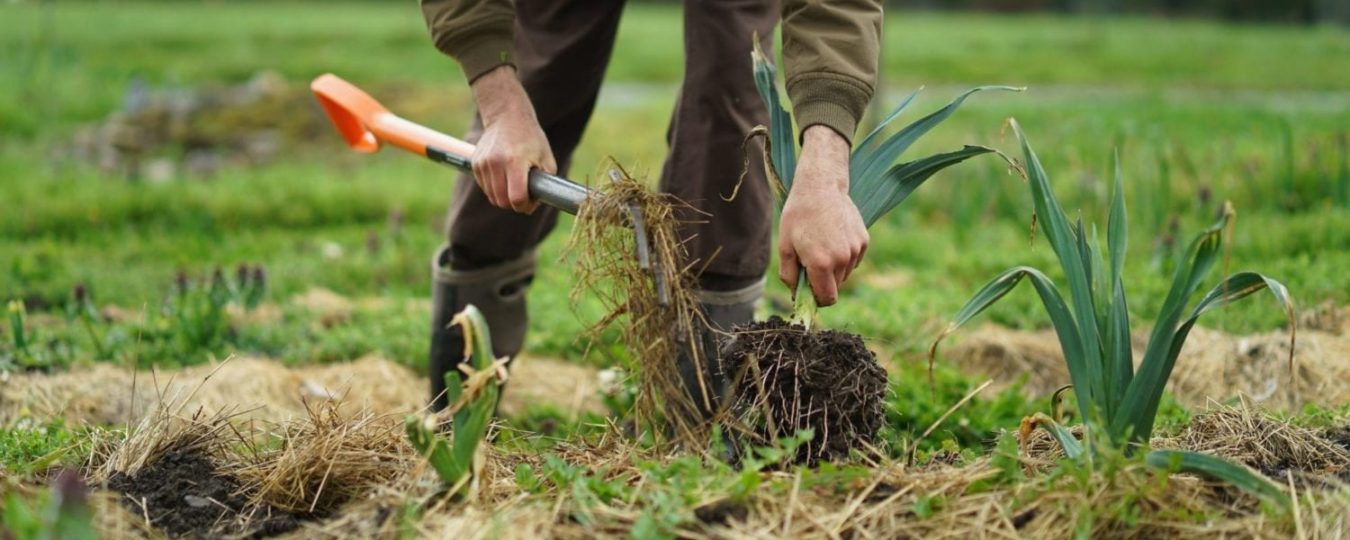
Let’s start with a question. How often do we hear in popular culture that someone is bringing back something from the past? “We’re bringing it back!” or “Old school”. Remakes or reproductions of movies, songs, consumer products, or just popular style. Well..maybe not corduroy suits or my bowl cut hair my brother and I were subjected to as kids. Food culture is no different. Our culinary past, whether personal or just in general, can be a source of inspiration, innovation, and creativity.
As a child some of my earliest food memories are of my family’s garden, my grandparent’s farms, and the related activities of both. My family’s cycle of eating was directly related to planning, planting, continual harvest through the season, preserving, and putting the garden/farm to bed and repeating the cycle. Seed catalogs in the winter, planting in the wet cold of spring, weeding (ouch that wasn’t fun), picking, and the painstakingly hot summer kitchen with the pressure cooker at full tilt crammed with jars of pickles, tomatoes, vegetables, or preserves that wound up in my family’s basement.
“Old School” at Coho Restaurant
 As any respectable late teen to early twenty-something I rebelled against this and wanted nothing to do with that way of doing things. A cheeseburger after all was far more fashionable and “cool” than that pork that my grandfather raised, butchered and stored served the with corn and green beans we canned the season before. I rolled my eyes as my mother or grandmother lectured me on wasting food or anything we harvested from the garden.
As any respectable late teen to early twenty-something I rebelled against this and wanted nothing to do with that way of doing things. A cheeseburger after all was far more fashionable and “cool” than that pork that my grandfather raised, butchered and stored served the with corn and green beans we canned the season before. I rolled my eyes as my mother or grandmother lectured me on wasting food or anything we harvested from the garden.
As usual in life, I think most of us can attest to this, parents and grandparents are usually right and wise about how they do things. Food is no different and it is a way of thinking that I now fully embrace in my cooking. Coho Restaurant, where I ply my trade, embraces this “old school” perspective too. We cook with the seasons and try to maximize as much as possible from the season as possible. I personally wait with baited breath for the “firsts”. The first peas. First tomato. First strawberry.
Harvest, then Plan
We see what is coming out of the ground, then plan the menu and our tasting menu. The correct way. That is the seasonal way of menu planning. So how does this manifest itself in our restaurant? We take what is coming to us from our cherished farm partners and look creatively at how we can keep it around as long as possible, preserving. We ask ourselves; how can we use every part of this plant? Can we use the stems, the skins, the pulp or seeds? Can we use what we have in traditional dishes, replacing traditional ingredients with what we are getting now and making it taste familiar and delicious to our customers.
 We communicate with our cherished farm partners to find out what is coming next all the while being nimble because farming and farm to table cooking is as much an art as a science and mother nature does not work in a strict schedule. Some items have such a short season, that they are hear and gone, peas for instance. While others have a longer, slower life cycle such as summer squash. We can meander through the life cycles of these plants through season from eating the blossoms, to the freshness of their youth eating them raw, to light cooking (think grilling or lightly sauteeing) in their midlife, to more robust cooking styles (stews, braises, baking, pickling) in their later years.
We communicate with our cherished farm partners to find out what is coming next all the while being nimble because farming and farm to table cooking is as much an art as a science and mother nature does not work in a strict schedule. Some items have such a short season, that they are hear and gone, peas for instance. While others have a longer, slower life cycle such as summer squash. We can meander through the life cycles of these plants through season from eating the blossoms, to the freshness of their youth eating them raw, to light cooking (think grilling or lightly sauteeing) in their midlife, to more robust cooking styles (stews, braises, baking, pickling) in their later years.
Seasonality
That is seasonality and a seasonal way to cook. The cycle happens every year on our islands, in our state, and in the region we call home. Our terroir is unique, amazing, and special to us and to those that visit us to dine. We want to showcase where we are at and what time of year it is through our menus and dishes. Creating a food memory and a snap shot of this time of year. Yes, it’s an old way of cooking and looking at things but it is using advances in technique and preparation to create things that innovate and are unique. That is what you will find when you come dine with us…. I guess what is old school is new again.

